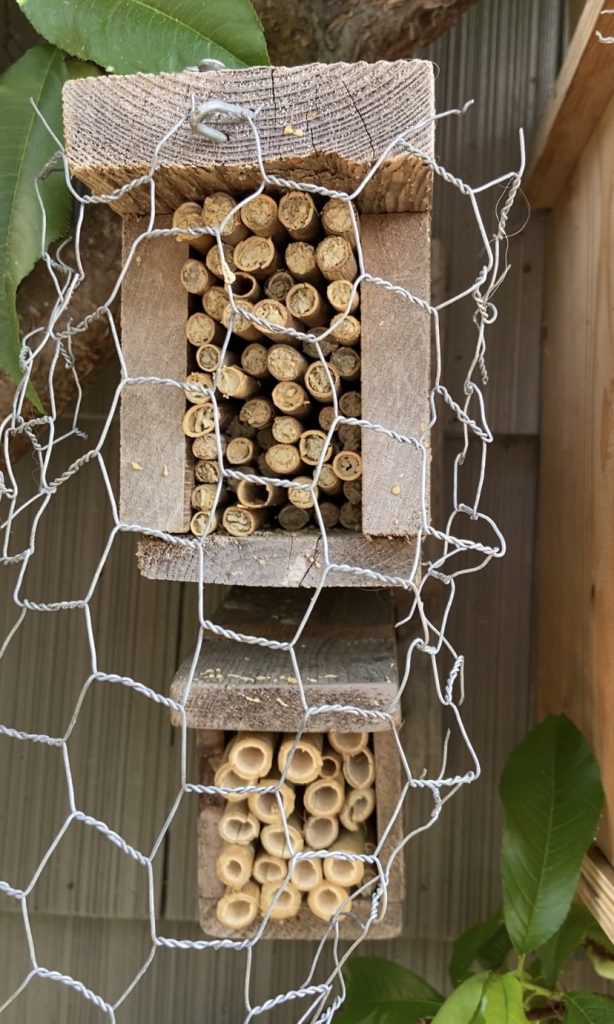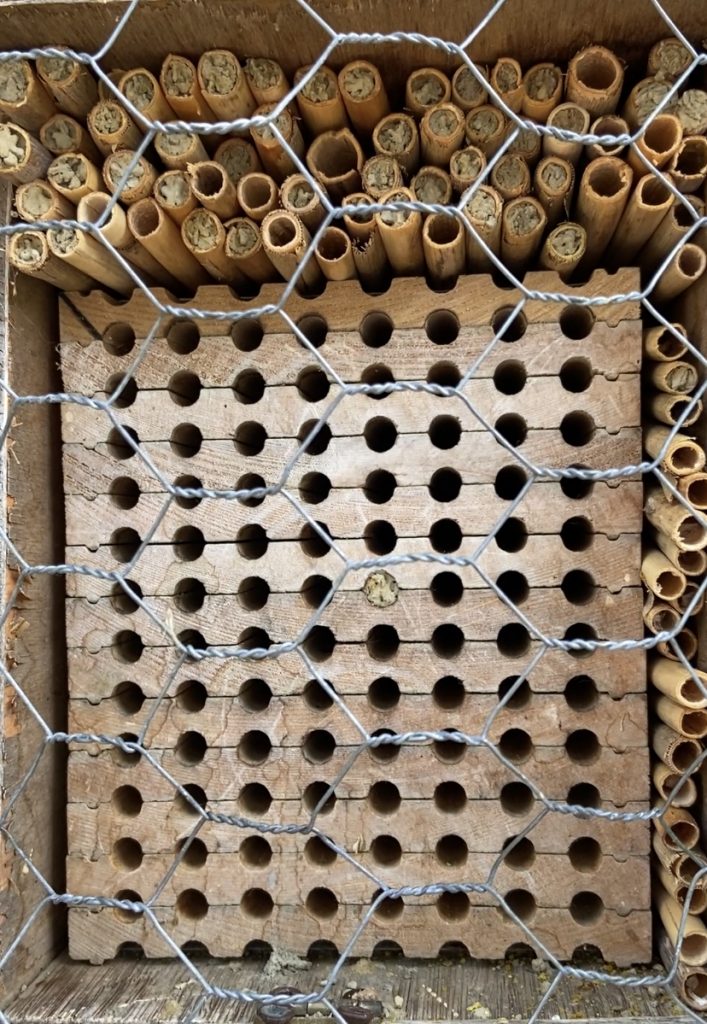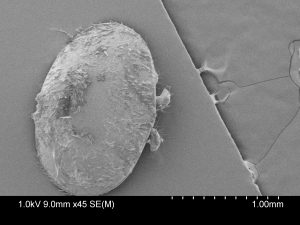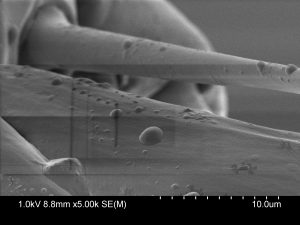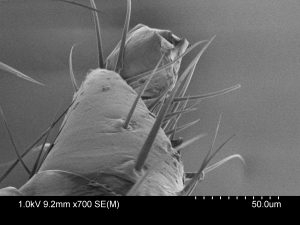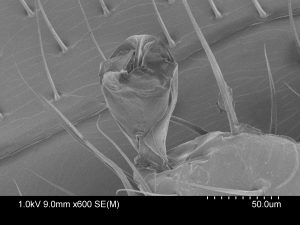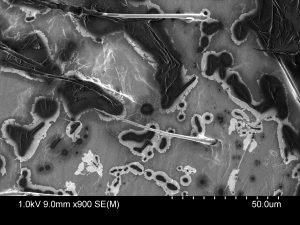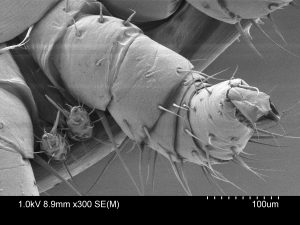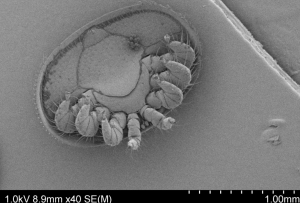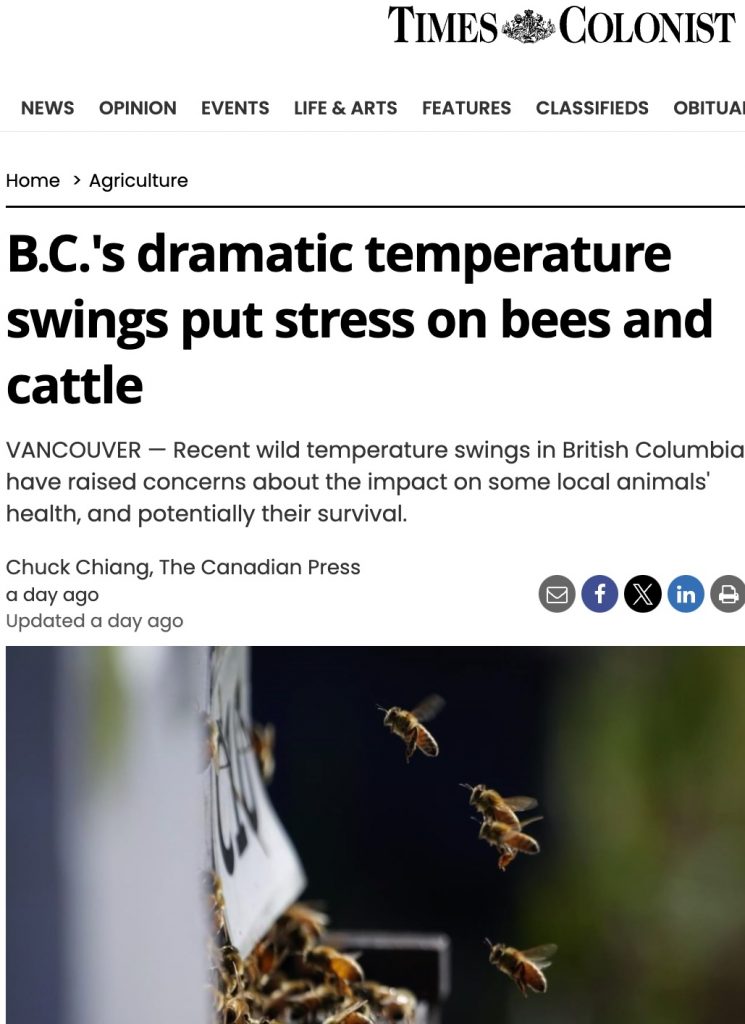I have had a hunch lately that the cost of mason bee cocoons has followed the pattern we see in the rest of the industries and has risen considerably so I have done some comparisons with my prices with an American and Canadian companies.
I also saw Brian Guzda at Duncan Seedy Saturday and he has also done some investigating and found the following :
He said “I checked mason bee cocoon prices from 12 different sources mostly on the island and a few from the lower mainland with :
The average price per cocoon working out to $1.68 each.
The high was 2.25. per cocoon. Definitely over priced.”
========================================================
Buckerfields 10 cocoons– regular $15.99. that’s $1.60 per cocoon !
==================================================
BC Bee, Beekeeping Supply: (Canadian)
Mason bee cocoons $22.50 per 10 cocoons = $2.25 per cocoon
Cardboard tubes: $14.00 for 20 = $0.70 per tube
(unknown if there are shipping costs)
===========================================
Crown bees in the US:
Mason Bee Cocoons: 20 for $29.95 US = $40.28 (Can)= $2.01 (Can) per cocoon
Phragmites tubes: 50 = 16.95 US , or $22.79 (Canadian)= $0.4558 per tube (Can)
(unknown if there are shipping costs)
=========================================
Metchosin Mason Bees: (in $ Canadian)
Mason bee Cocoons : 30 for 25 cocoons = $0.83 per cocoon
Phragmites native reed grass tubes 33 for $15.00 = $0.4545 per tube
and if they have to be mailed 33 for $20.00 = $0.60 per tube
==============================================

